My Friend Is Now My Contractor (advice needed)
Jeffrey Allen
5 years ago
last modified: 5 years ago
Featured Answer
Sort by:Oldest
Comments (26)
Jeffrey Allen
5 years agolast modified: 5 years agoRelated Professionals
Buffalo Kitchen & Bathroom Designers · Spokane Kitchen & Bathroom Remodelers · Malden Glass & Shower Door Dealers · Miami Glass & Shower Door Dealers · St. Louis Window Treatments · Vineyard Kitchen & Bathroom Designers · Shamong Kitchen & Bathroom Remodelers · Jacksonville Kitchen & Bathroom Remodelers · Clinton Township Interior Designers & Decorators · Ogden Interior Designers & Decorators · Goodlettsville General Contractors · Everett General Contractors · Klamath Falls General Contractors · Milton General Contractors · Roseburg General ContractorsJeffrey Allen
5 years agolast modified: 5 years agoJeffrey Allen
5 years agolast modified: 5 years agoJeffrey Allen
5 years agolast modified: 5 years agoJeffrey Allen
5 years agolast modified: 5 years agoJeffrey Allen
5 years agolast modified: 5 years agoJeffrey Allen
5 years agolast modified: 5 years agoJeffrey Allen
5 years agolast modified: 5 years agoJeffrey Allen
5 years agolast modified: 5 years agoJeffrey Allen
5 years ago
Related Stories

REMODELING GUIDESContractor Tips: Advice for Laundry Room Design
Thinking ahead when installing or moving a washer and dryer can prevent frustration and damage down the road
Full Story
CONTRACTOR TIPSContractor Tips: 10 Home Areas That Likely Need a Pro
Safety, less cost and better aesthetics on a home improvement project may rest in the hands of an expert
Full Story
FUN HOUZZ14 Things You Need to Start Doing Now for Your Spouse’s Sake
You have no idea how annoying your habits at home can be. We’re here to tell you
Full Story
REMODELING GUIDESContractor Tips: 10 Hats Your General Contractor Wears
Therapist, financial advisor, mediator — for the price of a single good contractor on your remodel, you're actually getting 10 jobs done
Full Story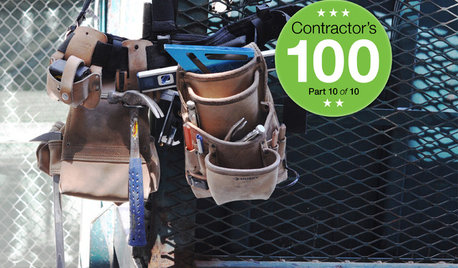
REMODELING GUIDESContractor's Tips: 10 Things Your Contractor Might Not Tell You
Climbing through your closets and fielding design issues galore, your contractor might stay mum. Here's what you're missing
Full Story
REMODELING GUIDESContractor Tips: What Your Contractor Really Means
Translate your contractor's lingo to get the communication on your home project right
Full Story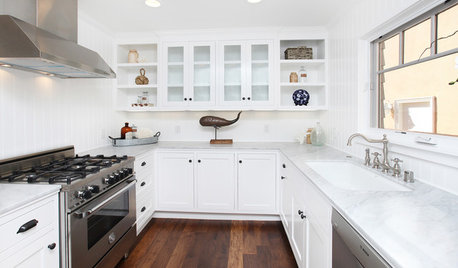
CONTRACTOR TIPSHow to Check the Quality of a Contractor’s Work
Make sure your remodeler lives up to promises and expectations before you make the hire
Full Story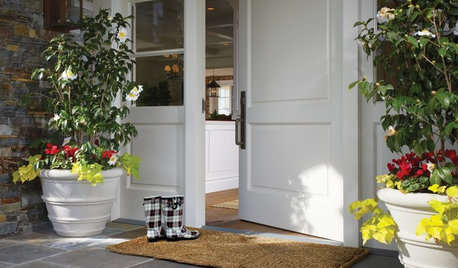
MOST POPULARThe Polite House: On ‘No Shoes’ Rules and Breaking Up With Contractors
Emily Post’s great-great-granddaughter gives us advice on no-shoes policies and how to graciously decline a contractor’s bid
Full Story
MOST POPULARContractor Tips: Top 10 Home Remodeling Don'ts
Help your home renovation go smoothly and stay on budget with this wise advice from a pro
Full Story
WORKING WITH PROS5 Steps to Help You Hire the Right Contractor
Don't take chances on this all-important team member. Find the best general contractor for your remodel or new build by heeding this advice
Full Story





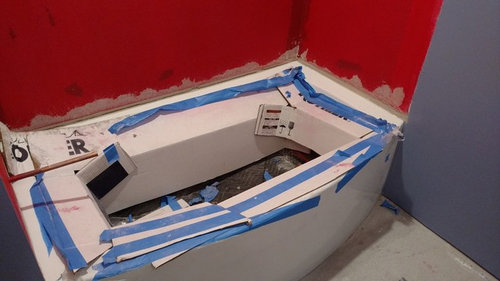

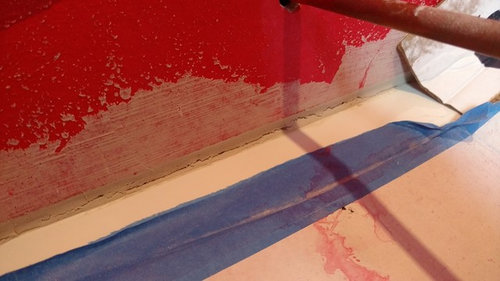

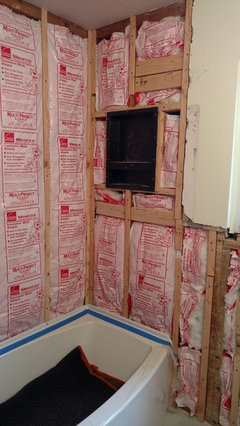


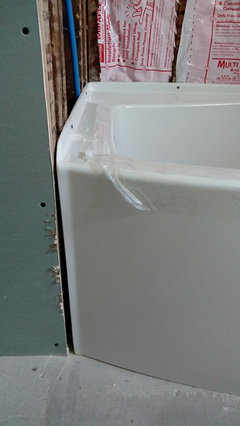




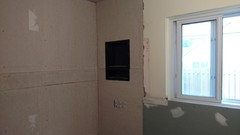
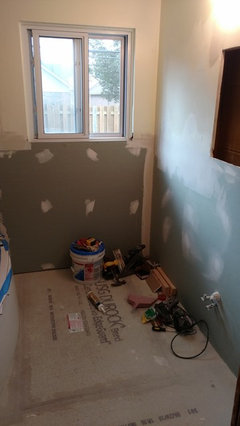

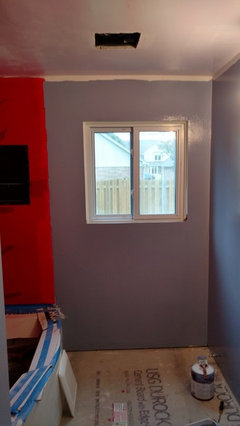






Storybook Home